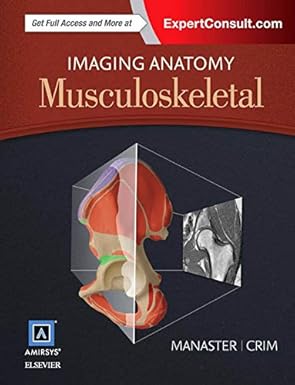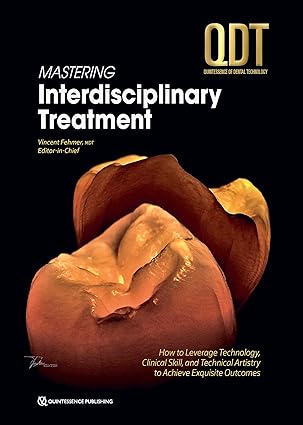Multi-omics studies typically include omics data from multiple sources, including
genomics, transcriptomics, proteomics, epigenomics, and microbiomics (Chung and
Kang ). Genomics refers to omics data derived from DNA materials (Manzoni
et al. ). Transcriptomics is the study of omics data derived from RNA materials
(Manzoni et al. ). Proteomics is the collection of omics data from protein
materials (Manzoni et al. ). Epigenomics refers to omics data derived from
the whole range of epigenetic alterations on genetic material (Casadesús and Noyer-
Weidner ). Microbiomics refers to omics data derived from a microbial
community’s entire set of genetic materials (Kumar ). Each of these omics
represents a different part of the research goal, and when combined, they could
disclose the regulatory patterns and principles that govern how genetic materials
regulate genotypes (Fig. ). On a more generalized scope
چکیده فارسی
مطالعات چند omics معمولاً شامل داده های omics از منابع متعدد، از جمله
ژنومیکس، رونویسی، پروتئومیکس، اپی ژنومیکس، و میکروبیومیکس (چانگ و< /span>
کانگ ). ژنومیک به داده های اومیکس مشتق شده از مواد DNA اشاره دارد (Manzoni
و دیگران. ). Transcriptomics مطالعه داده های omics است که از مواد RNA بدست می آید
(Manzoni و همکاران. ). Proteomics مجموعه ای از داده های omics از پروتئین
است مواد (Manzoni و همکاران. ). Epigenomics به داده های omics مشتق شده از
اشاره دارد کل طیف تغییرات اپی ژنتیکی در ماده ژنتیکی (کاسادوس و نویر-
ویدنر ). میکروبیومیکس به داده های omics مشتق شده از یک میکروب
اشاره دارد جامعه'کل مجموعه مواد ژنتیکی (کومار ). هر یک از این omics
نماینده بخش متفاوتی از هدف تحقیق است و هنگامی که ترکیب شوند، آنها می تواند
الگوهای نظارتی و اصول حاکم بر چگونگی مواد ژنتیکی را افشا می کند تنظیم ژنوتیپ ها (شکل ). در یک محدوده کلی تر
ادامه ...
بستن ...
2 K. Ning and Y. Li Fig. 1.1 The generalized definition of multi-omics. Large-scale acquisition of omics data from different molecular levels such as genome, transcriptome, proteome, epigenome, metabolome, microbiome, etc., and integrated analysis to achieve a deeper understanding of biological processes and molecular mechanisms include those data from bioimaging, biosensors, and even social networks (Antonelli et al. 2019; Sriram and Subrahmanian 2020; Loizou 2016). 1.1 The History of Omics The omics studies have quite a long history. Back in 1958, the first sequencing technique emerged, as Frederick Sanger has invented the protein sequencing methods, especially the amino acid sequence of insulin (Heather and Chain 2016). However, sequencing technology did not develop significantly during the next twenty to thirty years. DNA was originally extracted in 1869, it was not until more than a century later that the first genomes were sequenced, making genomics a relatively new field that truly began in 1970s. 1.1.1 1971–1910: Discovery of DNA In 1871, Friedrich Miescher published a paper identifying the presence of nuclein and associated proteins in the nucleus. This is what we now call DNA, which is the foundation of the field of genomics. Walter Sutton and Theodor Boveri discovered in 1904 that chromosomes appeared in pairs, with one inherited from each parent., which is known as the theory of chromosome inheritance. In 1910, Albert Kossel discovered the five nucleotide bases: adenine (A), cytosine (C), guanine (G), thymine (T), and uracil (U). 1 Introduction to Multi-Omics 3 1.1.2 1950–1968: Development of Knowledge about DNA Erwin Chargaff discovered the base pairing of adenosine, cytosine, guanine, and thymine nucleotides in 1950. He discovered that the concentrations of thymine and adenine or cytosine and guanine in DNA samples are always equal. As a result, he concluded that adenosine and thymine form a chromosome pair, while cytosine and guanine form a chromosome pair. In 1952, Alfred Hershey and Martha Chase proved through a series of experi- ments that it was DNA, not protein, that carried inherited genetic features. The following year, the double helix structure of DNA was discovered by James Watson and Francis Crick (Portin 2014). A research team led by Marshall Nirenberg and Har Gobind Khorana discovered what is now known as DNA “codons” in 1961
ادامه ...
بستن ...










